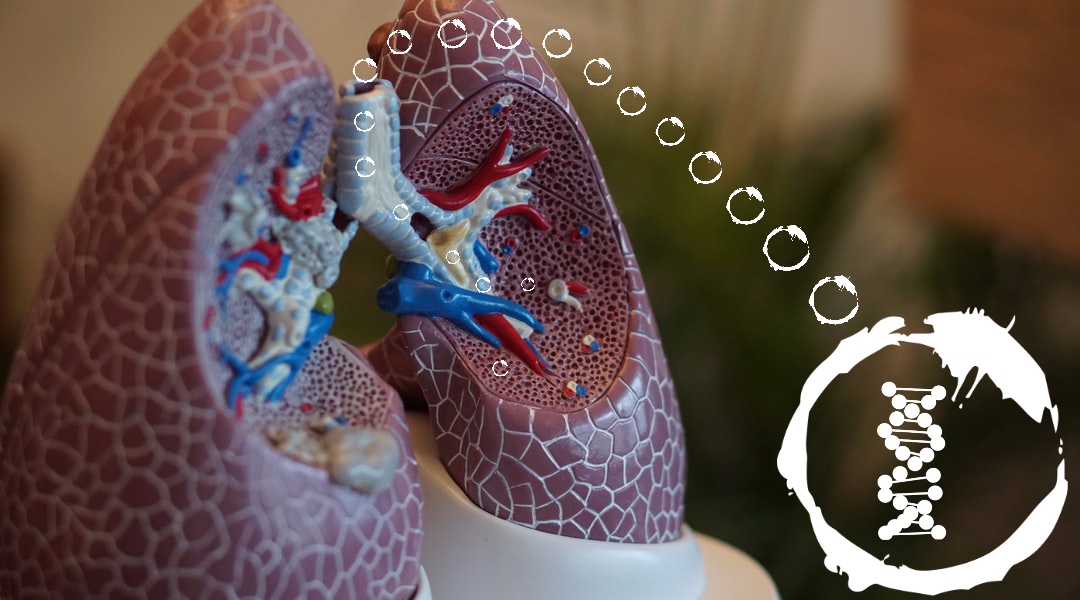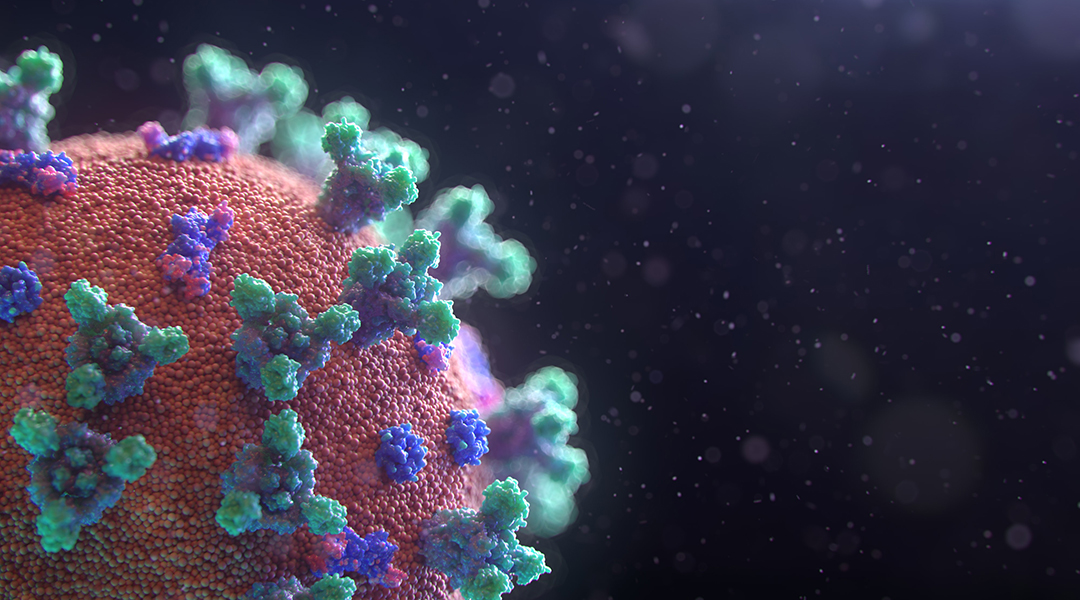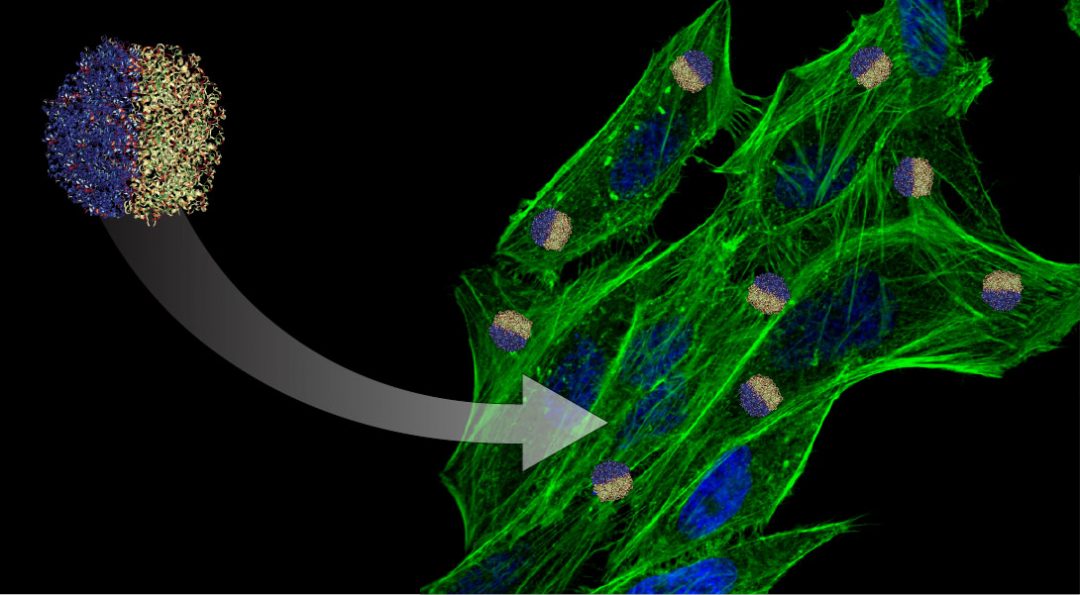Through veiled mirrors: Fish fins help researchers understand relative growth and proportion in developmental biology.



Through veiled mirrors: Fish fins help researchers understand relative growth and proportion in developmental biology.

Desalinating water to meet the world’s growing water demands may be feasible using solar energy.

Hyperspectral imaging has the potential to better detect skin cancer to improve the survival rates of patients.

An increasing number of streams and rivers that formerly flowed all year are beginning to experience dry periods due to changing climate and water withdrawals for human use.

A nanocarrier that can deliver siRNA into the lungs is investigated for the treatment of severe asthma and other lung diseases.

RNA elements that are found in the genomes of numerous representatives within the same virus family provide new opportunities to expand the repertoire of targets for the development of antiviral therapy.

Demand for chillers to cool spaces like airports and shopping malls is expected to grow dramatically over the next three decades.

A blackboard of therapeutic innovation: Researchers seek to understand how antisense oligonucleotides can “erase” disorders.

The Lahann Lab at the University of Michigan discusses how nanomedicine benefits by bridging biology, engineering, and materials.

Effective climate mitigation policies can be realized with the help of agent-based models.